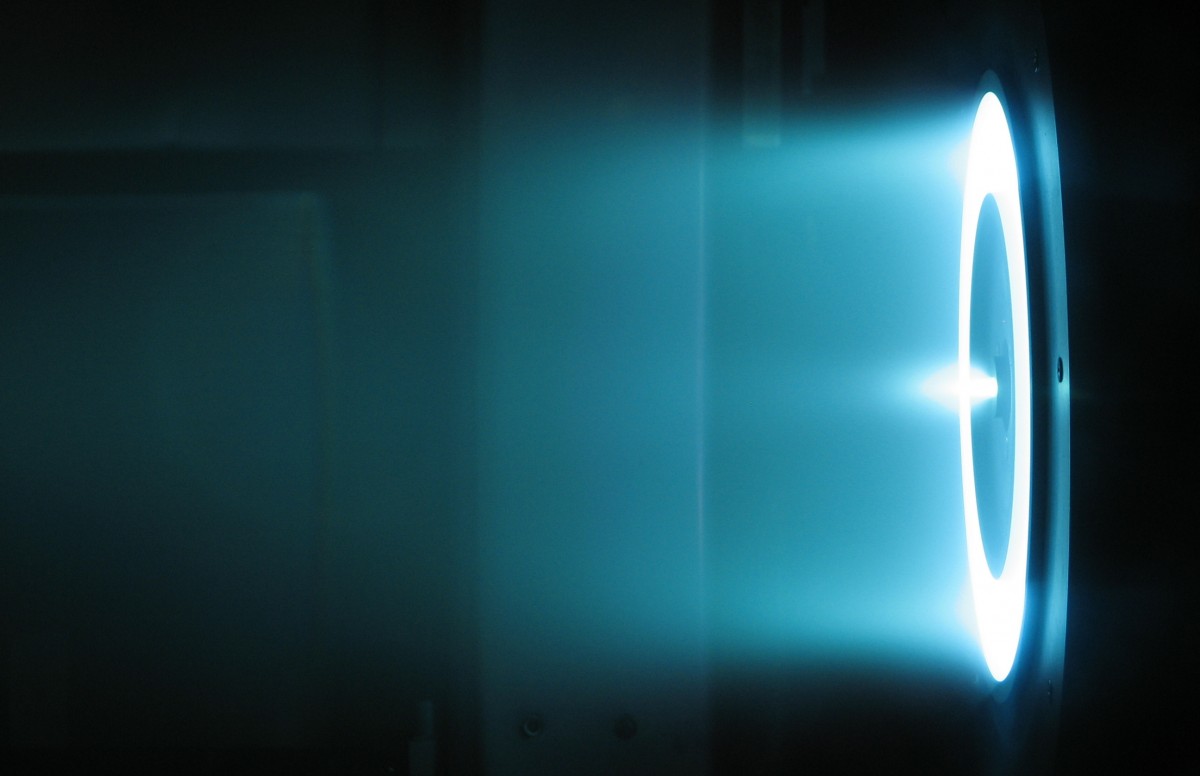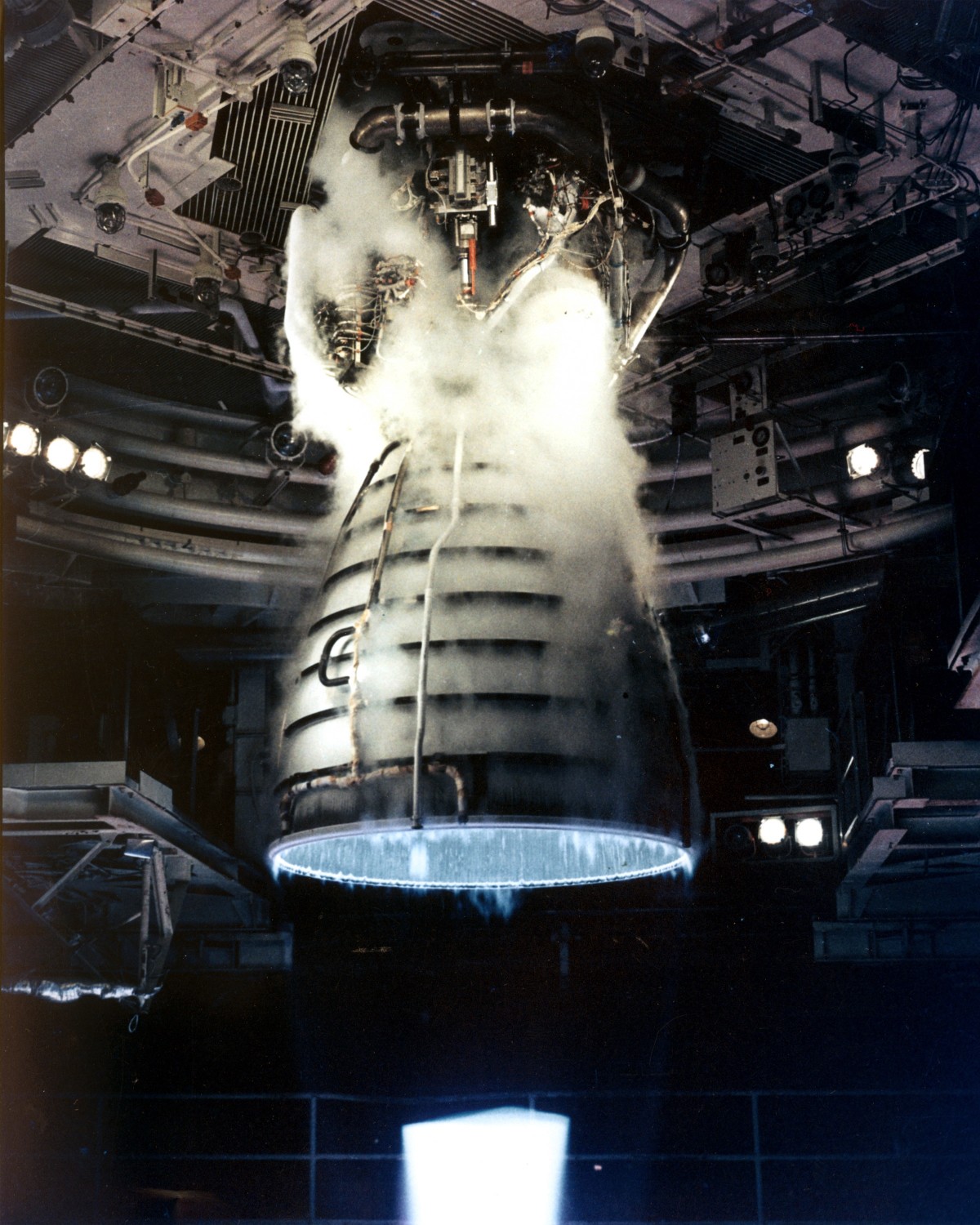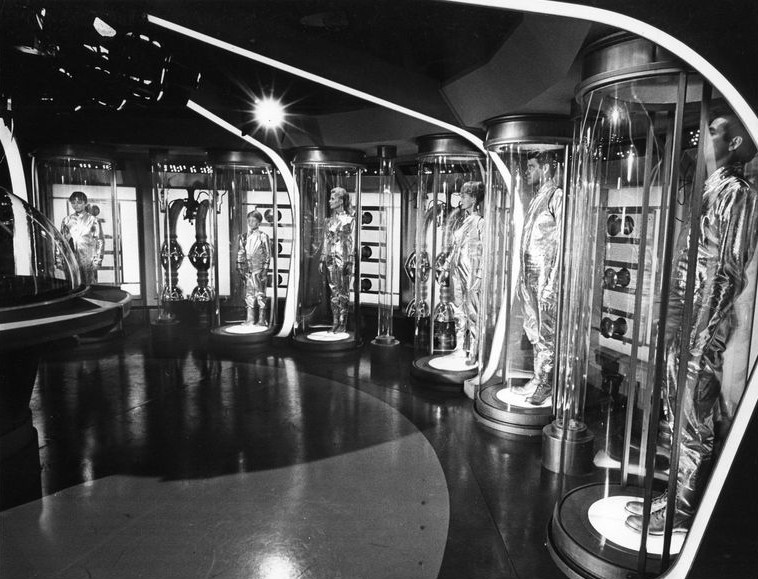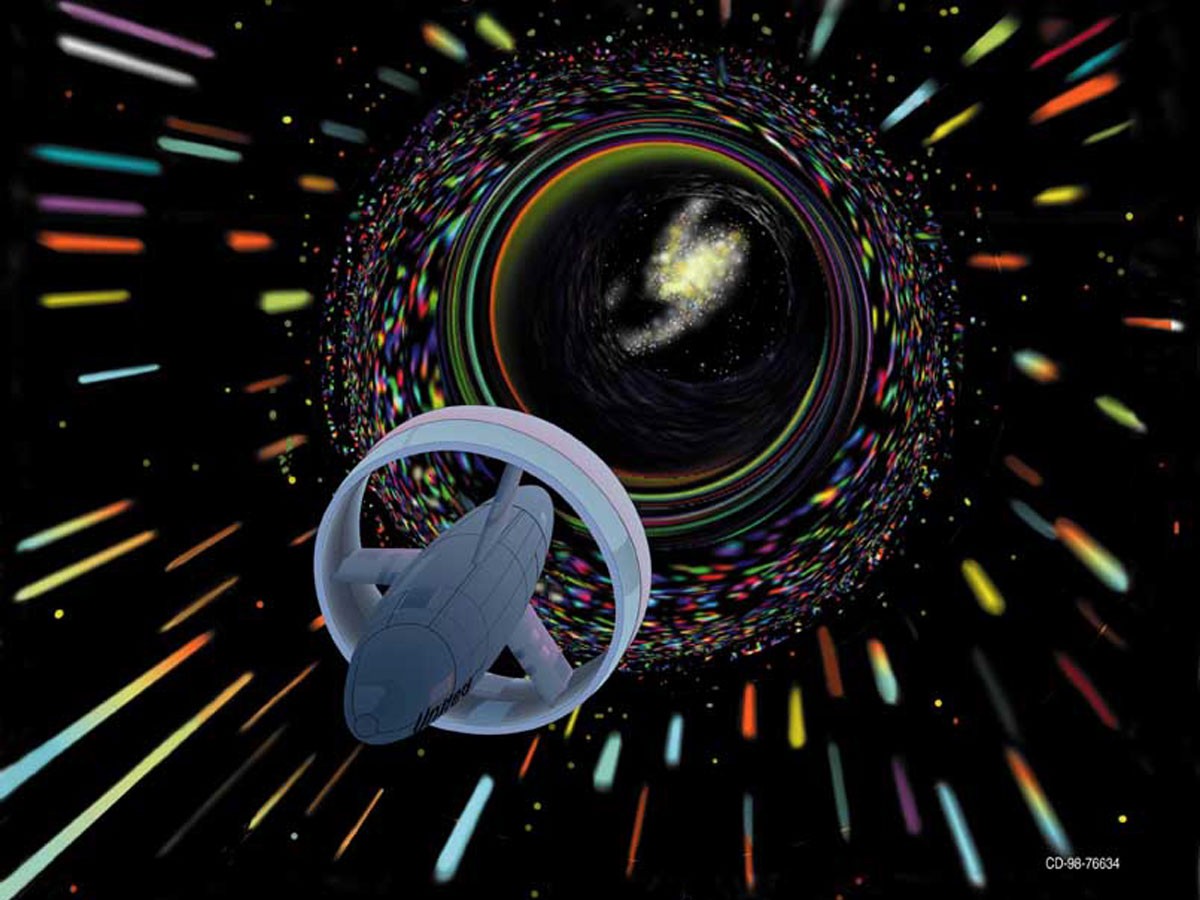Ask Ethan: Is interstellar travel possible?

Generations of people looking at distant stars could only wonder about the existence of planets and conditions for the life they knew. Over the past 25 years, there has been a revolution in the search for planets, thousands of them are already known, their existence has been confirmed, and among them there are even potentially inhabited worlds resembling Earth. But can we get there? The reader asks:
Do you think interstellar flights are possible (for any civilization of any kind). For me, all possible solutions are one-way tickets.
')
I definitely consider interstellar travel possible. But there are limitations, depending on the method we choose.

Shuttle main engine during test run, 1981
1) Conventional technology.
If we use today's achievements, we could theoretically reach another star. Build a large enough ship capable of supporting the life of a mini-civilization - a ship of generations - to reach speeds of tens or hundreds of kilometers per second, grow their food and recycle water. Alternatively, you can develop a cryogenic technology of freezing and thawing, with the help of which people, plants and other living creatures can be transported in a state of suspended functioning, and revitalized upon arrival at the scene.

The series "Lost In Space", 1965-1968
Common problems, such as collisions with interplanetary and interstellar objects, asteroids or planets, are in fact practically unimportant. Although there are many such objects, their density is so small that even collisions of stars are extremely rare, even on a scale of millions of years. Such a journey would take hundreds of thousands of years to reach the nearest star system, and it looks real.
But this is really a one-way ticket, and the decision is unsatisfactory.

Home fusion reactor, www.tidbit77.blogspot.com
2) Future technologies based on well-known physics.
If we want to consider other technical capabilities, we will find better ways. For example:
• Improved fuel. Instead of chemical rockets that convert 0.001% of the mass into energy used for acceleration, you can use nuclear fuel (with an efficiency of 1%), or even fuel on antimatter, with an efficiency of 100%.
• Improved traction. If on board the ship it will be possible to transport a large amount of matter and antimatter as fuel, it will be possible to continue acceleration in the journey. As people withstand, and even prefer, thrust similar to gravity on Earth, you can send the ship in the direction of our goal, start the engines at 9.8 m / s 2 , and turn engines halfway down and start them again, slowing down to arrival.
• Temporary improvements. Such movement will bring us closer to the speed of light in just a few years of acceleration, we will be able to reach almost any star in just 20-40 years of travel.
That would be cool, and would not require the construction of a ship of generations. Of course, the ship needs to go through a journey at very high speeds through the interstellar medium, but a sufficiently strong magnetic field and a map of gas clouds that must be avoided will help us in this. And if at the same time we are still mastering cryo-freezing technology, we will not even need to take resources with us, except for seeds for planting and eggs for growing.

Bassard Interstellar ramjet engine
The downside is that a one-way journey will take several decades only from the perspective of the traveler, thanks to the slowing down of time according to the special theory of relativity. If we go to a star hundreds of thousands of light years away from us, then a hundred or a thousand years will pass on Earth. Even if the journey is successful, then on Earth, if someone stays in the distant future, you will only be able to communicate with one of our distant descendants. A trip does not necessarily have to be a one-way trip for travelers, but the people who stayed here will not be able to figure out how it ended, or share information with receding travelers.
And what if we want to expand the possibilities of humanity: something like what is shown in Star Trek?

Bomov trajectories for an electron that has passed through two slots
3) Speculative technology.
Can we build a transporter? Is the engine space warping? What about subspace communications? So far, all these are dream technologies based on modern theoretical physics, but the possibility of their existence in our Universe has not yet been determined.
In theory, a conveyor can use quantum entanglement to transfer any quantum system from one point to another, if only the wave function of the system has a non-zero probability of being elsewhere. But it is not yet known whether a macroscopic system can have such a property.

The engine of space deformation and instantaneous communication are based on the curvature of space-time and the ability to send a signal or matter through this space without distortion and destruction. In principle, for the general theory of relativity, one can find a solution in which this occurs. However, it is unclear whether this can be achieved in our Universe in order to:
• You did not need energy comparable to that stored throughout the Sun;
• Tidal forces would not destroy the matter you are trying to send through the curved space;
• Do not destroy matter, creating a curved space and straightening it;
• It was generally possible to connect two very distant points of space.

Mathematical graph of the Schwarzschild black hole
Now, however unpleasant it may sound, we are best focused on a one-way trip. It is better to fly somewhere than just sit and wait for a new technology to appear, if it is allowed at all in our Universe. But do not close on new ideas - after all, what seems unlikely today may lead to the fulfillment of our interstellar dream. Require physical accuracy and be skeptical of extraordinary statements, but do not close yourself from opportunities. Our greatest journey into the universe is bound to happen.
Source: https://habr.com/ru/post/401171/
All Articles